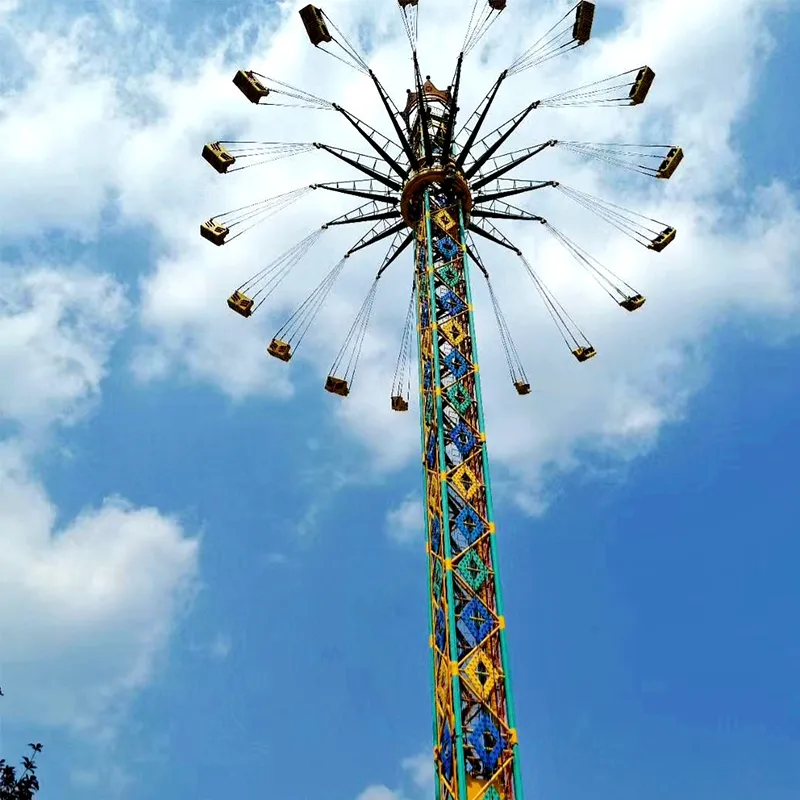- Albanian
- Arabic
- Belarusian
- Bengali
- Czech
- English
- French
- German
- Hebrew
- Hungarian
- Indonesian
- irish
- Italian
- Japanese
- kazakh
- Persian
- Russian
- Thai
- Uzbek
- Vietnamese
Factors Influencing the Expenses of Constructing a Roller Coaster Attraction
The Cost of Building a Roller Coaster An In-depth Look
Building a roller coaster is a thrilling venture that combines engineering prowess, creative design, and strategic financial planning. As one of the most exciting attractions in amusement parks, roller coasters draw millions of visitors each year, making them integral to the success of these entertainment venues. However, the cost of constructing a roller coaster can be substantial and varies widely based on various factors.
Initial Considerations
The decision to build a roller coaster starts with understanding the target market and the type of coaster that will attract visitors. The primary costs associated with roller coaster construction include land acquisition, design and engineering fees, materials, labor, and safety measures. Park owners must also consider the coaster's theme and the overall experience they want to provide, which can influence the design complexity and, ultimately, the budget.
Cost Breakdown
1. Land Acquisition The cost of acquiring land can vary significantly based on the geographical location of the amusement park. In densely populated urban areas, real estate is often expensive, which can drive up overall costs.
2. Design and Engineering Hiring experts to design and engineer a roller coaster is a significant investment. The process involves creating detailed plans that address structural integrity, aesthetic appeal, safety regulations, and rider experience. Depending on the complexity, design fees can range from tens of thousands to several million dollars.
3. Materials The materials used for the coaster greatly affect the overall cost. Steel coasters, for instance, are more expensive than wooden ones due to the high cost of steel and its ability to withstand heavier loads. Additionally, specialized materials for safety systems, ride vehicles, and theming elements can add to the expense.
cost of building a roller coaster

4. Labor The cost of labor involves the skilled workers needed for construction, including engineers, welders, electricians, and safety inspectors. In many cases, roller coaster construction is a time-consuming process that can last several months to over a year, leading to substantial labor costs.
5. Safety Measures Safety is paramount when building roller coasters. This aspect includes both the initial design and ongoing maintenance costs. Compliance with government regulations and industry standards requires investments in safety testing, inspections, and potentially retrofitting existing structures. Budgeting for safety measures is crucial to ensure that the ride meets all health and safety requirements.
6. Theming and Landscaping A well-themed roller coaster enhances the overall experience for riders and can justify a higher ticket price. Theming involves aesthetic elements such as elaborate facades, landscaping, and immersive environments. This additional investment can considerably increase the total cost of the project.
The Financial Investment
Overall, the investment required to build a roller coaster ranges widely, typically from $1 million for smaller wooden coasters to over $25 million for large, complex steel coasters featuring advanced technology and elaborate theming. When considering these figures, park owners must assess the potential return on investment. Successful roller coasters can significantly boost attendance and revenue through ticket sales, merchandise, and food sales, helping to offset initial expenses over time.
Conclusion
In summary, the cost of building a roller coaster is influenced by various factors, including land, design, materials, labor, and safety measures. Understanding these components is essential for amusement park owners looking to create a thrilling and safe experience for visitors. While the financial commitment can be hefty, a well-executed roller coaster can be a centerpiece of the park, drawing crowds and generating profits for years to come.
-
Flume Ride-Hebei Zhipao Amusement Equipment Manufacturing Co., Ltd.|Thrilling Water Attraction&Customizable DesignJul.30,2025
-
Flume Ride - Hebei Zhipao Amusement Equipment | Water Coaster, Thrilling DescentJul.30,2025
-
Flume Ride - Hebei Zhipao | Thrilling Water AttractionJul.30,2025
-
Flume Ride: Thrilling Water Attraction by Hebei Zhipao|Log Flume Manufacturers&Flume Ride DesignJul.30,2025
-
Flume Ride-Hebei Zhipao Amusement Equipment Manufacturing Co., Ltd.|Thrilling Water Coaster, Safe DesignJul.30,2025
-
Flume Ride-Hebei Zhipao Amusement Equipment Manufacturing Co., Ltd.|Thrilling Water Attraction, Safe DesignJul.30,2025
